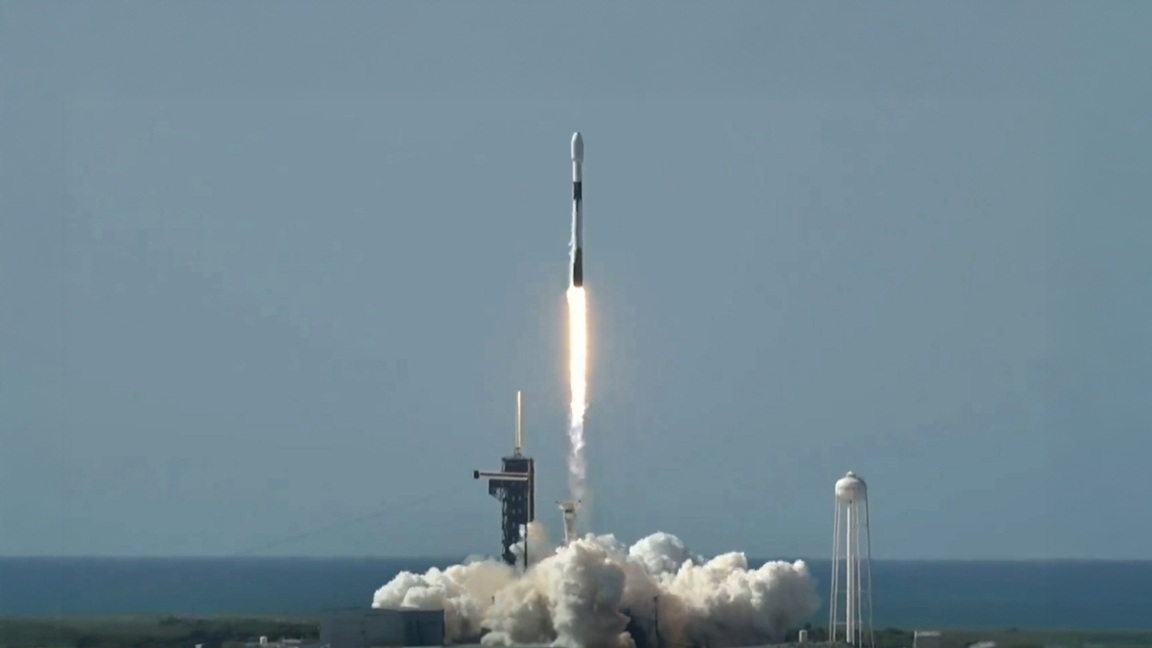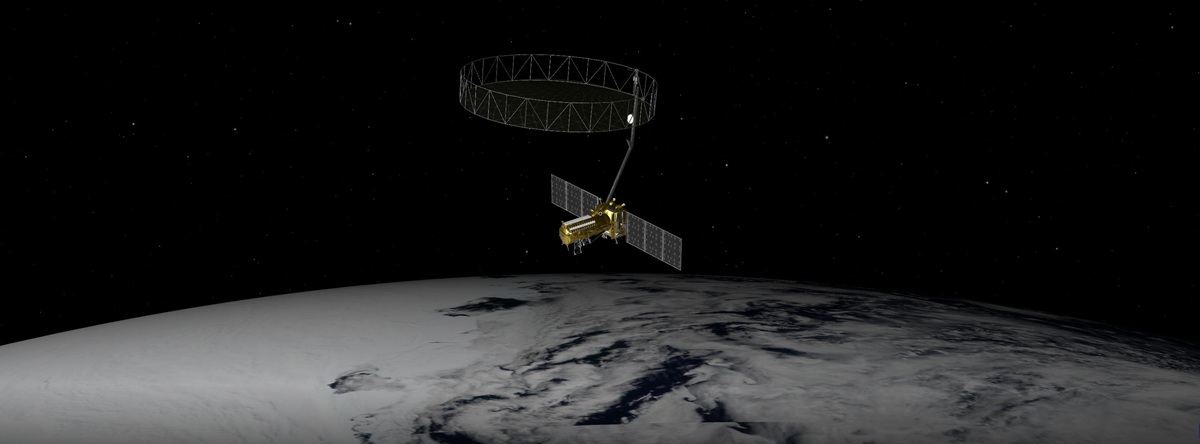DARMSTADT, Germany: On July 1, 2025, Europe marked a significant milestone in meteorological science and climate resilience with the successful launch of the Meteosat Third Generation Sounder 1 (MTG-S1) satellite. This pioneering satellite promises to revolutionize weather forecasting across the continent by delivering unprecedented atmospheric data, enabling earlier and more accurate warnings that protect lives, property, and critical infrastructure.
Extreme weather events such as storms, flooding, and heatwaves have wreaked havoc across Europe over recent decades, causing hundreds of billions of euros in damage and claiming tens of thousands of lives. With climate change intensifying these threats, the need for advanced forecasting tools has never been greater. MTG-S1 addresses this urgent need by providing Europe’s national meteorological services with high-frequency, three-dimensional data on temperature, humidity, and trace gases throughout the atmosphere.
Phil Evans, Director-General of EUMETSAT, emphasized the satellite’s transformative potential, “MTG-S1 will provide entirely new types of data products that will support specialists across EUMETSAT member states in detecting signs of atmospheric instability even before clouds begin to form. Combined with data from the MTG imaging satellites, it will, for the first time, offer a space-based view of the full lifecycle of convective storms.”
This capability will enhance early detection of severe weather, extend lead times for warnings, and improve forecasting accuracy, directly contributing to saving lives and reducing disruption caused by extreme weather.
MTG-S1 is Europe’s first geostationary meteorological sounder satellite, orbiting approximately 36,000 kilometers above the equator. It carries two key instruments: the Infrared Sounder and the Copernicus Sentinel-4 Ultraviolet Visible Near-infrared spectrometer.
The Infrared Sounder scans nearly 2,000 thermal infrared wavelengths every 30 minutes, constructing detailed vertical profiles of the atmosphere’s temperature, humidity, and trace gases. This hyperspectral data is crucial for identifying early signs of convective weather — such as sudden shifts in atmospheric instability or moisture — well before clouds form. When combined with imagery from MTG’s imager satellites, meteorologists gain a continuous, comprehensive view of storms from inception through to dissipation, including lightning activity.
The Sentinel-4 instrument complements this by providing hourly data on pollutants and aerosols, including emissions from wildfires and volcanic eruptions. This data supports improved air quality forecasts, public health initiatives, and environmental policy decisions, reinforcing Europe’s leadership in Earth observation through the Copernicus Programme — the EU’s flagship space-based environmental monitoring system.
The launch, conducted by SpaceX from Cape Canaveral, Florida, was met with applause at EUMETSAT headquarters in Darmstadt, Germany, as the satellite successfully separated from its rocket, deployed its solar panels, and established communication with ground control. This marked the beginning of the Launch and Early Operations Phase, during which engineers will activate and calibrate the satellite’s systems and position it precisely in geostationary orbit.
Phil Evans expressed his gratitude to the many partners involve, “This successful launch is a testament to the strength of European cooperation — from EUMETSAT teams and member states to the European Union, European Space Agency, national meteorological services, and industrial and academic partners.”
Simonetta Cheli, ESA’s Director of Earth Observation Programmes, highlighted the mission’s impact, “These groundbreaking missions will change the way we forecast severe weather and air quality across Europe, enabling more accurate and timely predictions that protect lives and the environment.”
Christoph Kautz of the European Commission added, “MTG-S1 and Sentinel-4 vastly enhance Europe’s atmospheric monitoring capabilities, supporting services that protect public health and improve lives across the continent.”
Following launch, it will take approximately one year for MTG-S1 to complete testing and deliver its first operational data to meteorologists. This data will enrich numerical weather prediction models, improve very-short-range forecasts (nowcasts), and support long-term climate monitoring. The MTG program will eventually include a constellation of six satellites — two sounders and four imagers — ensuring continuous, enhanced weather and environmental monitoring well beyond 2040.
As climate change drives more frequent and intense weather events, MTG-S1’s advanced capabilities will be critical in enabling safer travel, more effective emergency responses, and informed policy decisions. Dr. Peter Braesicke, Director of Research and Development at Germany’s DWD meteorological service, summarized the satellite’s importance, “Accurate and timely forecasting has never been more critical. MTG-S1’s observations will enable more precise severe weather warnings and support a wide range of applications, from climate studies to air and maritime safety.”
The launch of Meteosat Third Generation Sounder 1 heralds a new chapter in Europe’s fight against the growing challenges posed by extreme weather and environmental hazards. By delivering cutting-edge atmospheric data with unmatched frequency and detail, MTG-S1 empowers meteorologists, emergency responders, and policymakers to act faster and more effectively — ultimately safeguarding lives, property, and the environment.





